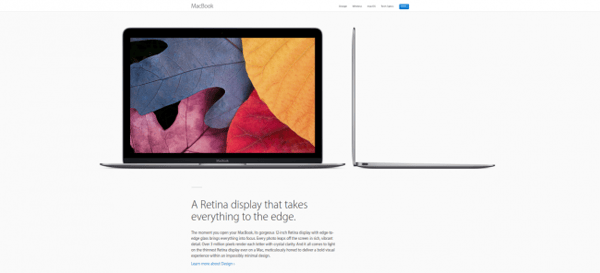The 6 web design trends set to be huge in 2020
2019 has been another great year for web design. There’s been advancements in technology to improve user experience and the connection we, as brands have with our customers. We’ve witnessed new styles and increased focus on accessibility for all web users, ensuring a consistent and smooth experience for everyone.
Whether you’re a web designer who loves or loathes to keep up with the latest trends, it’s important to take the time to understand how and why each new trend has emerged, after all it provides us with key insights into the current cultural climate and what web users want to see as they browse online.
With that being said, let’s dive in and look at what’s in store for 2020…
3-D Interface
Right at the top of the billing is the growth of 3D websites, one in particular is Earth 2050. Kaspersky offer a 3-D look at what planet earth would look like in interchangeable decades.

Website Chatbot
The homepage features a rotating planet Earth divided into geographical areas, with each including a forecast on a certain aspect of 2050 life.
Any designer, illustrator or artist can upload their work, and members of the public can comment on whether they believe certain predictions will come true.
The evolution of chatbots
The rise of chatbots has been has been imminent now for a while, and we expect its popularity to soar in 2020.
Advancements in Artificial Intelligence (AI), machine learning and the human like capabilities of bots has boosted their intelligence, making their adoption more appealing to businesses.
Convenience, efficiency and reduced human error are all benefits that will contribute to the increased adoption of chatbots over the coming months. We expect an increase in chatbots on web pages, with enhanced personalisation features to improve user experience.

Website Chatbot
Augmented Reality
Building out from the adventurous 3D web designs for B2B, we are starting to see web designers becoming more creative in the sense of involving users on site.
The aptly named Augment designs AR sites for B2B purposes so to engage consumers in purchasing decisions, primarily by combining the software with App use, making this a two-pronged attack that is quickly evolving in 2020.
Less is more
Having been under-utilised and overlooked in the past, white space has finally found its place in the ‘less is more’ mindset currently being adopted by many web designers. More brands will focus on creating a simple, yet functional site; opting for clean layouts and an abundance of white space that draws attention to the key elements on the page. Adopting white space not only improve page readability, but also help website visitors digest your content.

Apple use whitespace to focus attention on products (Source: Creative Bloq)
Personalised Suggestions
Behaviour driven user experiences have been around for quite a while. The likes of Netflix and Spotify suggesting content for its users have pioneered this activity for consumers, however those in the B2B design field are starting to latch onto user behaviour activity to serve potential new customers personalised content/product suggestions.
This is perfect for B2B websites, as more personal content and engagement leads to more interactions, more leads, and more chances of connecting with potential customers.
Thumb friendly
With the majority of online browsing now carried out on mobile devices, the importance of designing a ‘thumb friendly’ navigation experience is crucial. In 2020, we expect to see big changes in how menus and navigation are positioned in web design. Think of the hamburger menu situated on the top of your screen, an inconvenient place for visitors to reach as they manoeuvre around your website. It’s predicted that more websites to adopt navigation bars at the bottom of mobile screens to offer a more comfortable browsing experience.
Will you be putting any of the above web design trends to the test in 2020? Let us know your thoughts below.
